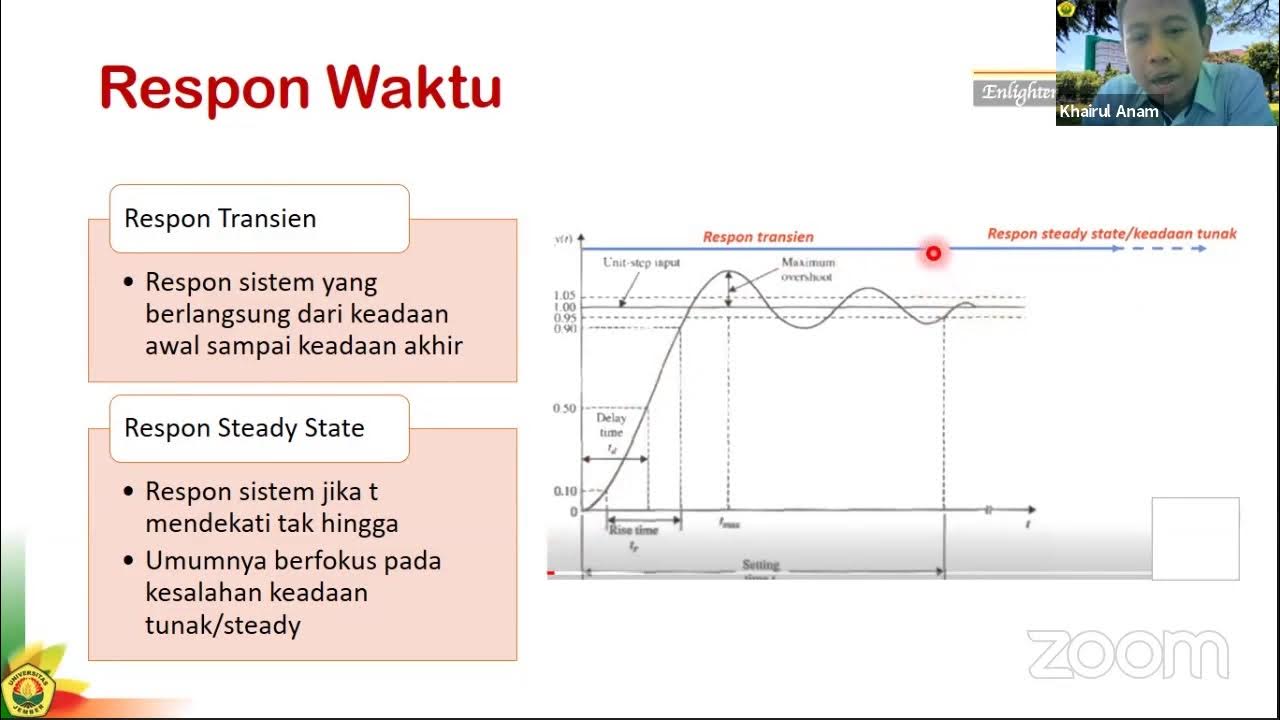What is System Analysis? | Concepts, importance, Steps in System analysis.
Summary
TLDRSystem analysis is the methodical examination of systems to identify inefficiencies and optimize performance. It involves breaking down components, understanding inputs and outputs, and analyzing processes and feedback loops. This approach is crucial for improving efficiency, reducing costs, enhancing quality, fostering innovation, and solving problems. The process includes identifying the system, gathering data, modeling, analyzing, proposing solutions, implementing changes, and monitoring outcomes. System analysis is a versatile tool applicable to everyday routines and complex business processes, emphasizing the power of understanding to build better systems.
Takeaways
- 🧩 System Analysis is the process of examining a system to understand its inner workings and identify areas for improvement.
- 🔍 It involves breaking down a system into components to understand their roles and interactions.
- 💧 The concept of input and output is crucial, as system analysis helps to understand what enters and exits the system and the processes in between.
- 🔁 Feedback loops are identified and optimized in systems where the output affects the input, such as in a thermostat.
- 🚀 System Analysis is important for improving efficiency by identifying bottlenecks and redundancies.
- 💰 It can lead to cost reduction by optimizing systems to require fewer resources.
- 🔍 Quality improvement is facilitated by understanding a system's components and processes to enhance output quality.
- 💡 System Analysis encourages innovation by inspiring new ways to improve existing systems or create new ones.
- 🔧 Problem-solving is enhanced as system analysis helps pinpoint the root causes of issues for effective troubleshooting.
- 📊 The steps in system analysis include identifying the system, gathering data, modeling, analyzing and identifying issues, proposing solutions, implementing changes, and testing and monitoring.
- 🌐 System Analysis is a valuable tool for anyone looking to understand and improve systems in their daily lives, from personal routines to complex business processes.
Q & A
What is system analysis and why is it important?
-System analysis is the process of examining a system to understand its inner workings and identify areas for improvement. It's important because it helps improve efficiency, reduce costs, enhance quality, encourage innovation, and solve problems more effectively.
What are the key components of a system according to the script?
-The key components of a system include hardware, software, and the interactions between them. For instance, a computer system has components like the CPU, memory, operating system, and applications.
How does system analysis help in understanding a system's input and output?
-System analysis helps by examining what goes into a system and what comes out, as well as the processes that occur in between. This understanding is crucial for identifying inefficiencies and areas for improvement.
Can you explain the concept of feedback loops in systems?
-Feedback loops are mechanisms in systems where the output affects the input. An example given is a thermostat, which turns off the heat when the room gets too hot, thus affecting the input temperature.
Why is efficiency a key benefit of system analysis?
-Efficiency is a key benefit because system analysis allows for the identification of bottlenecks, redundancies, and inefficiencies, enabling the streamlining of processes to work faster and smoother.
How does system analysis contribute to cost reduction?
-System analysis contributes to cost reduction by optimizing systems, which often require fewer resources. This can lead to businesses reducing expenses and offering better products or services to customers.
What role does system analysis play in quality improvement?
-System analysis plays a crucial role in quality improvement by understanding a system's components and processes, which enables the enhancement of the quality of its output, such as fixing bugs in software development.
How does system analysis encourage innovation?
-System analysis encourages innovation by fostering creative thinking. By understanding how a system works, we can find new ways to improve it or even create entirely new systems.
What are the steps involved in system analysis as described in the script?
-The steps in system analysis are: 1) Identify the system, 2) Gather data, 3) Model the system, 4) Analyze and identify issues, 5) Propose solutions, 6) Implement changes, and 7) Test and monitor.
How can system analysis help in troubleshooting and finding solutions to problems?
-System analysis helps in troubleshooting by pinpointing the root causes of problems, making it more effective to find solutions and address the issues within a system.
Who can benefit from system analysis and why?
-System analysis is beneficial not only for tech-savvy individuals or businesses but for anyone looking to understand and improve any system in their daily lives, from making a morning coffee routine more efficient to streamlining complex business processes.
Outlines

Cette section est réservée aux utilisateurs payants. Améliorez votre compte pour accéder à cette section.
Améliorer maintenantMindmap

Cette section est réservée aux utilisateurs payants. Améliorez votre compte pour accéder à cette section.
Améliorer maintenantKeywords

Cette section est réservée aux utilisateurs payants. Améliorez votre compte pour accéder à cette section.
Améliorer maintenantHighlights

Cette section est réservée aux utilisateurs payants. Améliorez votre compte pour accéder à cette section.
Améliorer maintenantTranscripts

Cette section est réservée aux utilisateurs payants. Améliorez votre compte pour accéder à cette section.
Améliorer maintenantVoir Plus de Vidéos Connexes

Optimalisasi Internal Audit, Pedoman teknik sampling

Maximize CNC Machine Efficiency 📈: Expert Dashboards & Monitoring with Autobits 🛠️

Smart factory IoT solution, industry 4.0

Analisis Kekurangan Sistem: Sasaran, Batasan, dan Masalah Sistem

Analisis PIECES Bagian 2

Sistem Kontrol #3a: Analisis Repon Sistem - Pendahuluan
5.0 / 5 (0 votes)
